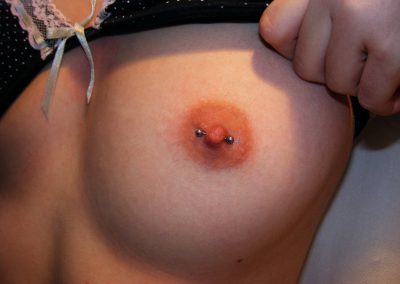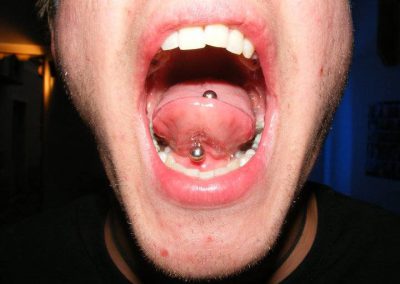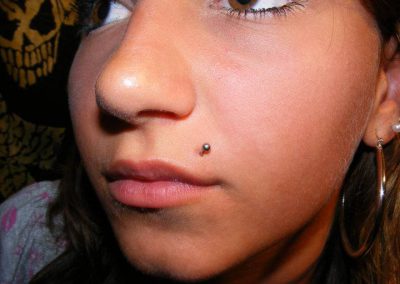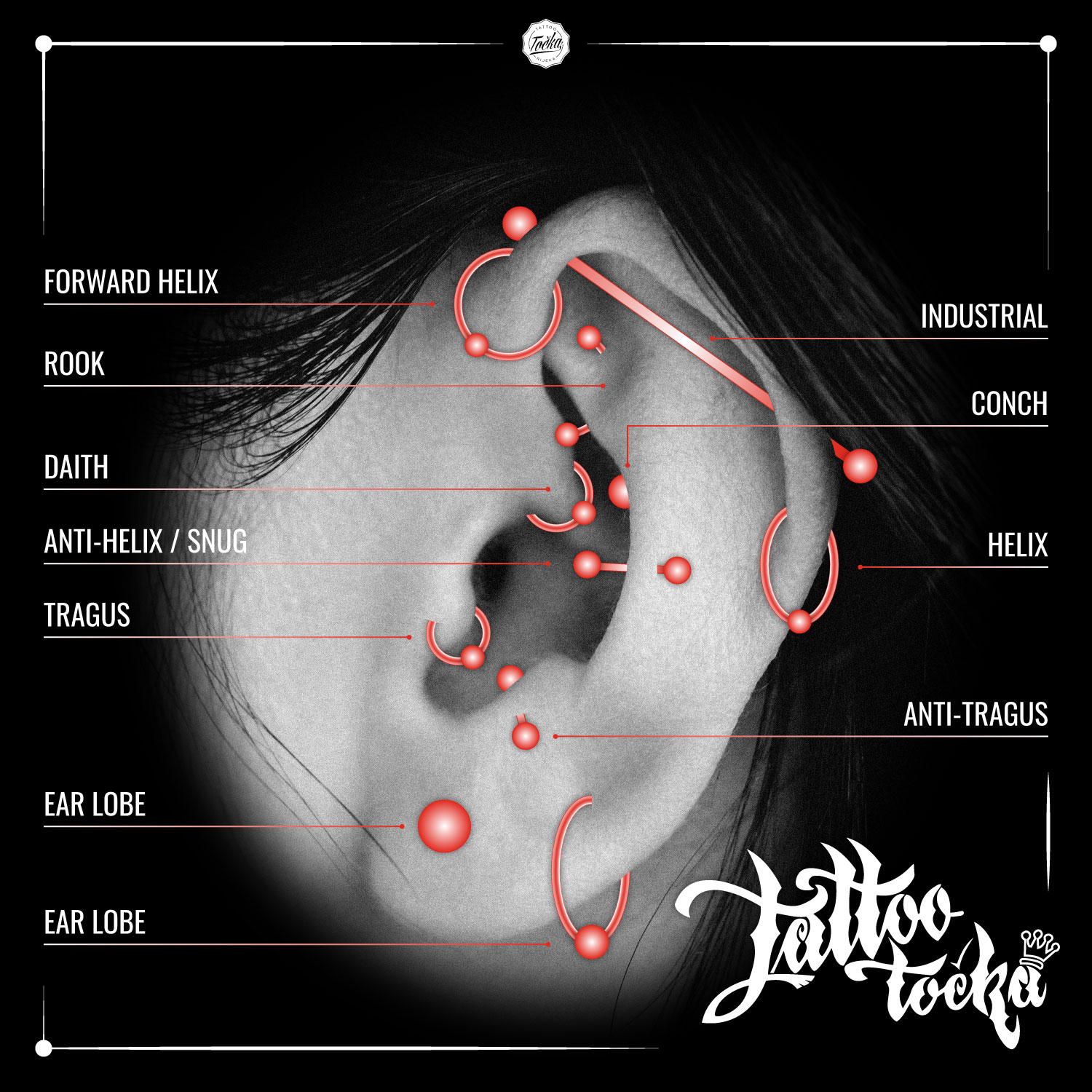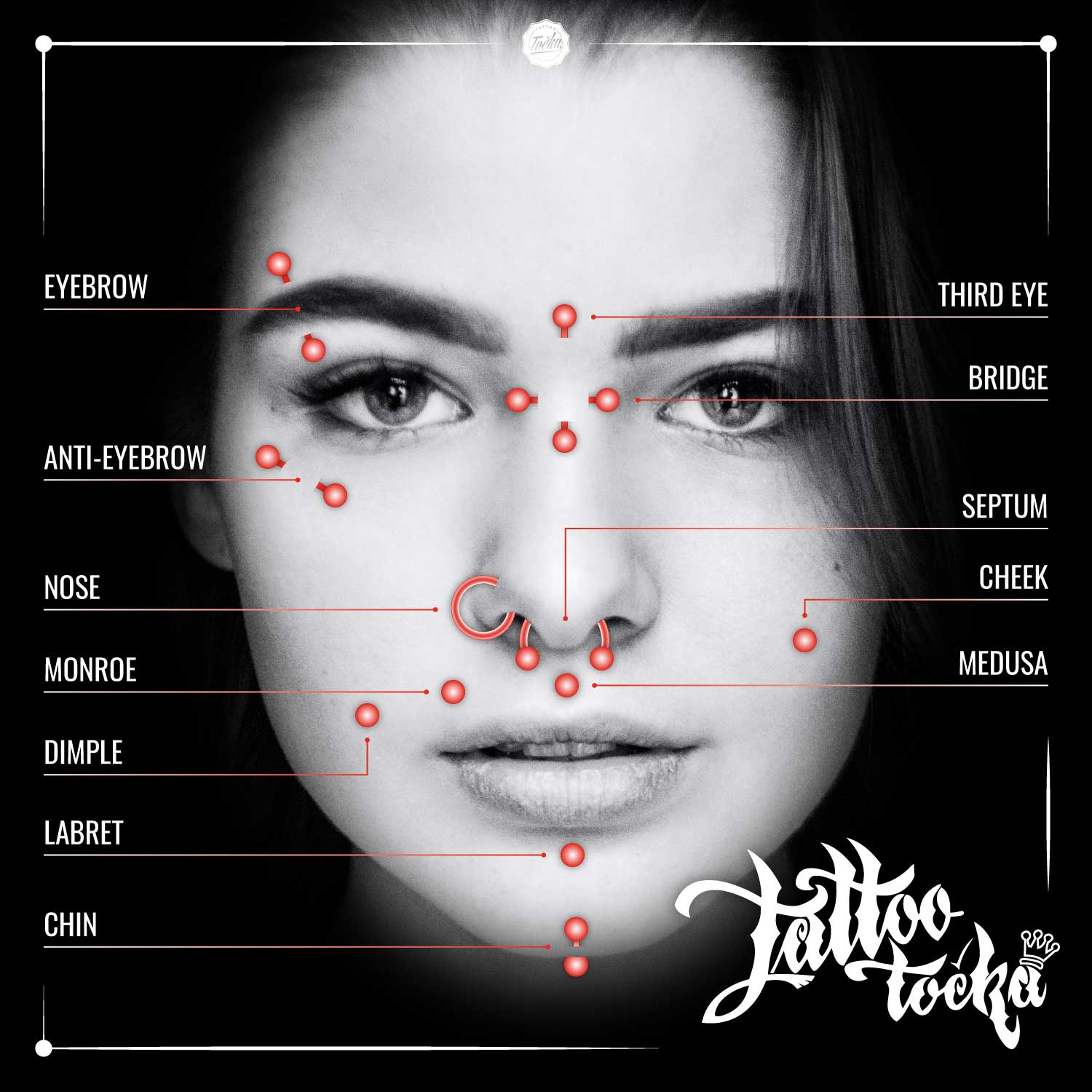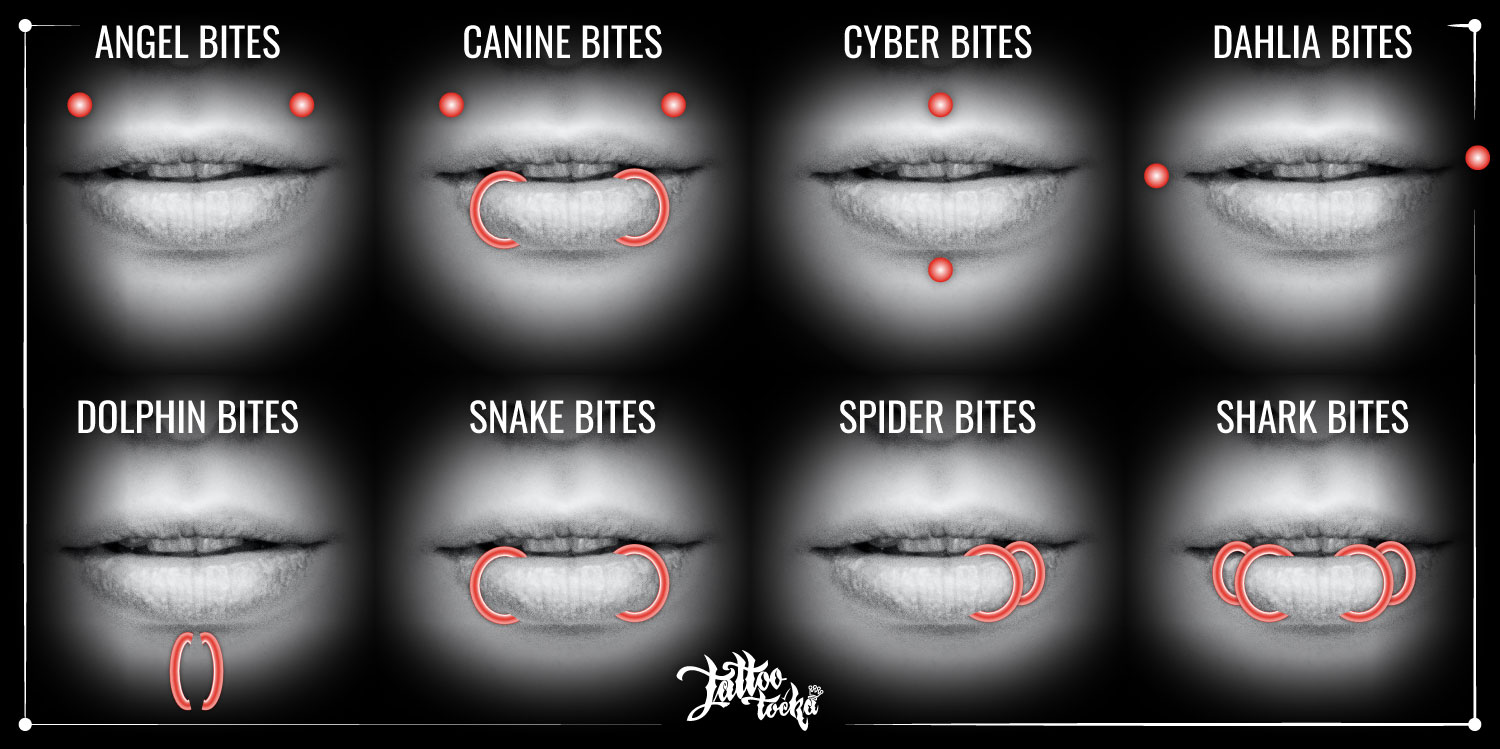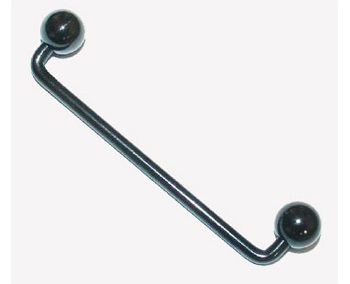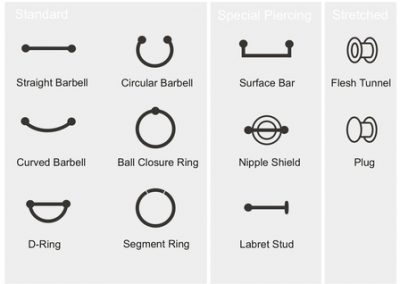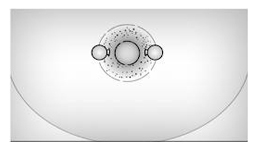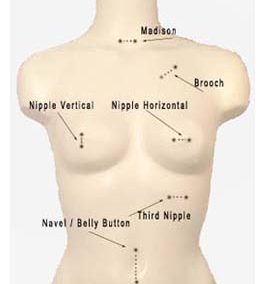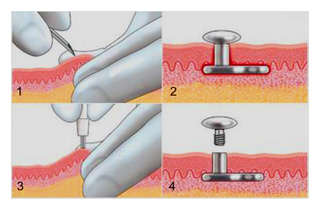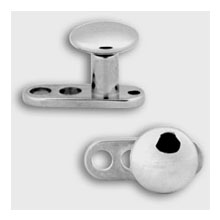We will decorate your body with a piece of jewelry. With good preparation and in sterile conditions, the procedure is not time consuming. Before the procedure, the master will explain to you which jewelry can be installed and will agree with you on the exact location of the piercing. The procedure takes only a few minutes, including preparation and how painful it is depends on where the piercing is placed. Well fed, rested and relaxed person will feel much less discomfort when piercing.
The piercing is performed in strictly sterile conditions and the high quality jewelry we use has been tested by the Institute of Public Health and does not cause allergic reactions nor can it cause complications. You can also buy this jewelry separately at our premises.
At the end of the procedure, we will explain how to take care of the piercing, and how and with what to treat it during healing. Depending on the type of piercing, our clients receive written instructions that should be followed in the healing process. As important it is for the piercing to be performed by a professional, it is just as important to take care of the new piercing so that the healing goes smoothly.
It is advisable for the client to come to the studio for a check-up a few days after the piercing and to direct any questions to the right address; to the master who also made the pierce.

Piercing maintenance
Contact us
Piercing guide
Ear pierces
Helix
Industrial
Conch
Tragus
Orbital
Rook
Daith
Anti-tragus
Facial pierces
Labret
Madonna/Monroe
Medusa/Philtrum
Dahlia/Joker
Bridge
The vertical bridge is located between the eyebrows, in the middle. It can be done with the same jewelry as the horizontal or with discs.
Anti-eyebrow
Temple
Sideburn
Smiley
Web
Surface piercing
They are most often done on the face (vertical bridge, sideburn, temple, anti-eyebrow) or on the back of the neck, lower back and abdomen, chest, etc.
Consult your piercer about positioning to make sure you don’t have healing problems. Some of the names for surface piercings (besides those already mentioned) are:
Nape
Sternum
Christina
Nipple piercing
Many people think that they cannot have piercings if they have straight or indented nipples, but there are techniques that can be used for piercing without any problems. Usually after the procedure they happen to become more protruding which has no negative consequences. It is not recommended to work with jewelry less than 1.6 mm thick, and it is not difficult to heal them, although the process is long (6-9 months).
Genital piercing
Vertical hood (VHC)
A ring can also be worn, but also for comfort and aesthetics, women more often choose a “banana” with beads (similar jewelry as for the navel).
VHC not only has an aesthetic function but also enhances stimulus since the jewelry rests lightly on the clitoris. It is easy to heal (see aftercare instructions for genital piercings).
Horizontal hood
Big and small lips
Triangle
Prince Albert
Ampallang
Hafada
HAFADA is a piercing located on the scrotum, most often on the upper part. It is done mostly with rings and is one of the less painful piercings to pierce and heal.
Microdermals
It can be placed on most parts of the body, but (just like with surface piercings) that doesn’t mean it can heal perfectly on every part of the body. The procedure itself is not very painful and is not difficult to heal, but it is somewhat more difficult to clean the lymph that accumulates under the disc. The lymph is best cleaned after showering or washing, when the scab softens, by tucking a tissue or soft floss under the disc.
The first 2 weeks you should be more careful not to hook the microdermal somewhere and pull it out. After this period, it will already grow in with the surrounding tissue and there will be no need for special protection.
These of course are not all piercings that exist and all places on the body that can be pierced. If you want to put together your piercing combination, feel free to ask us for advice and we will advise you on positioning and suitable jewelry to make you happy with the result and heal your piercing well.
